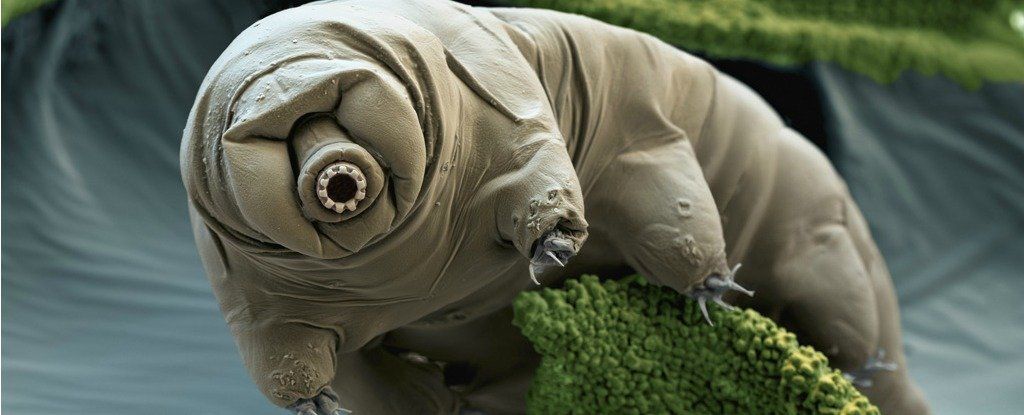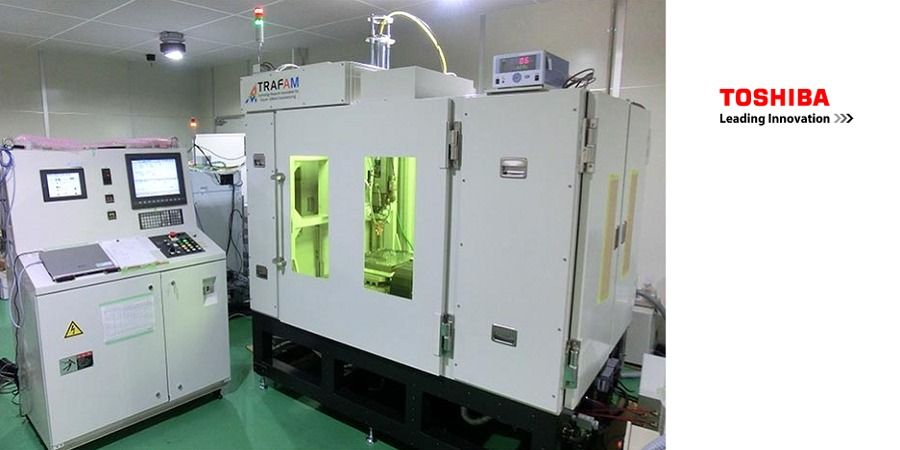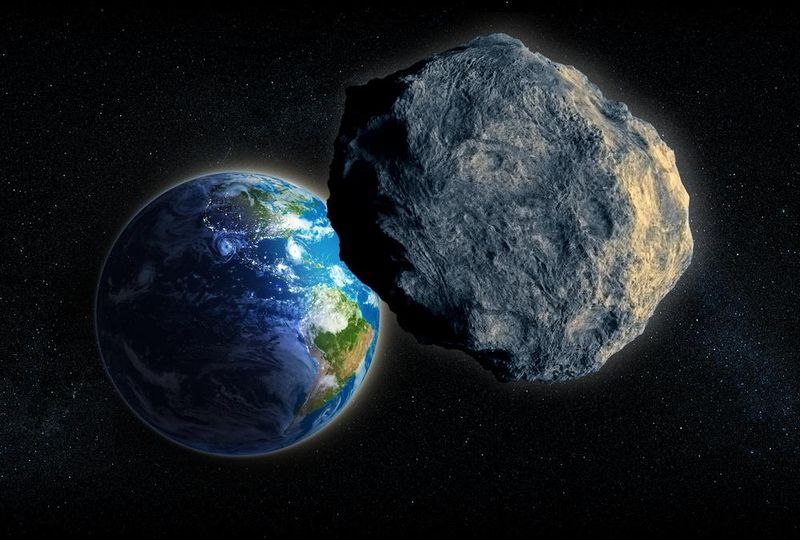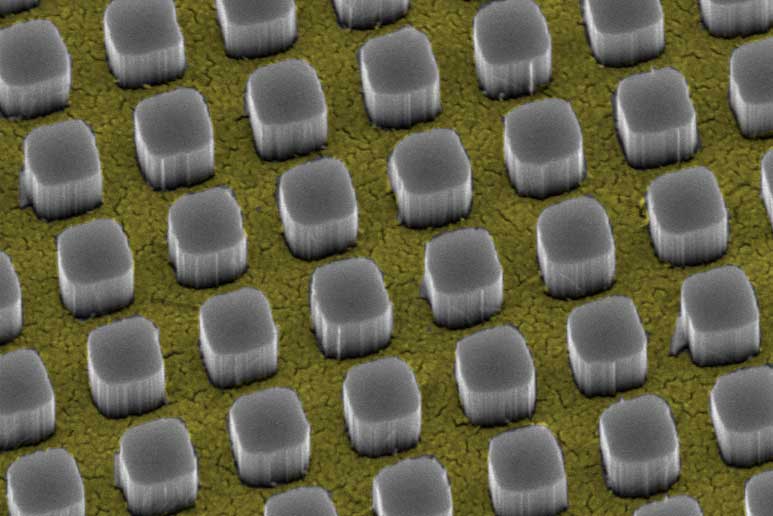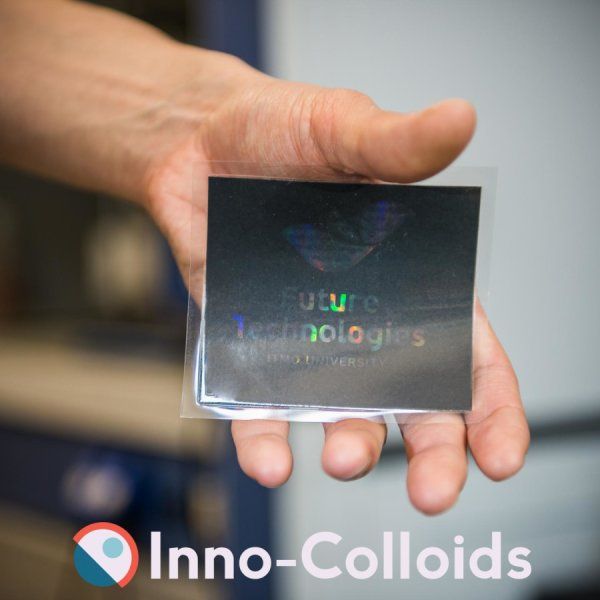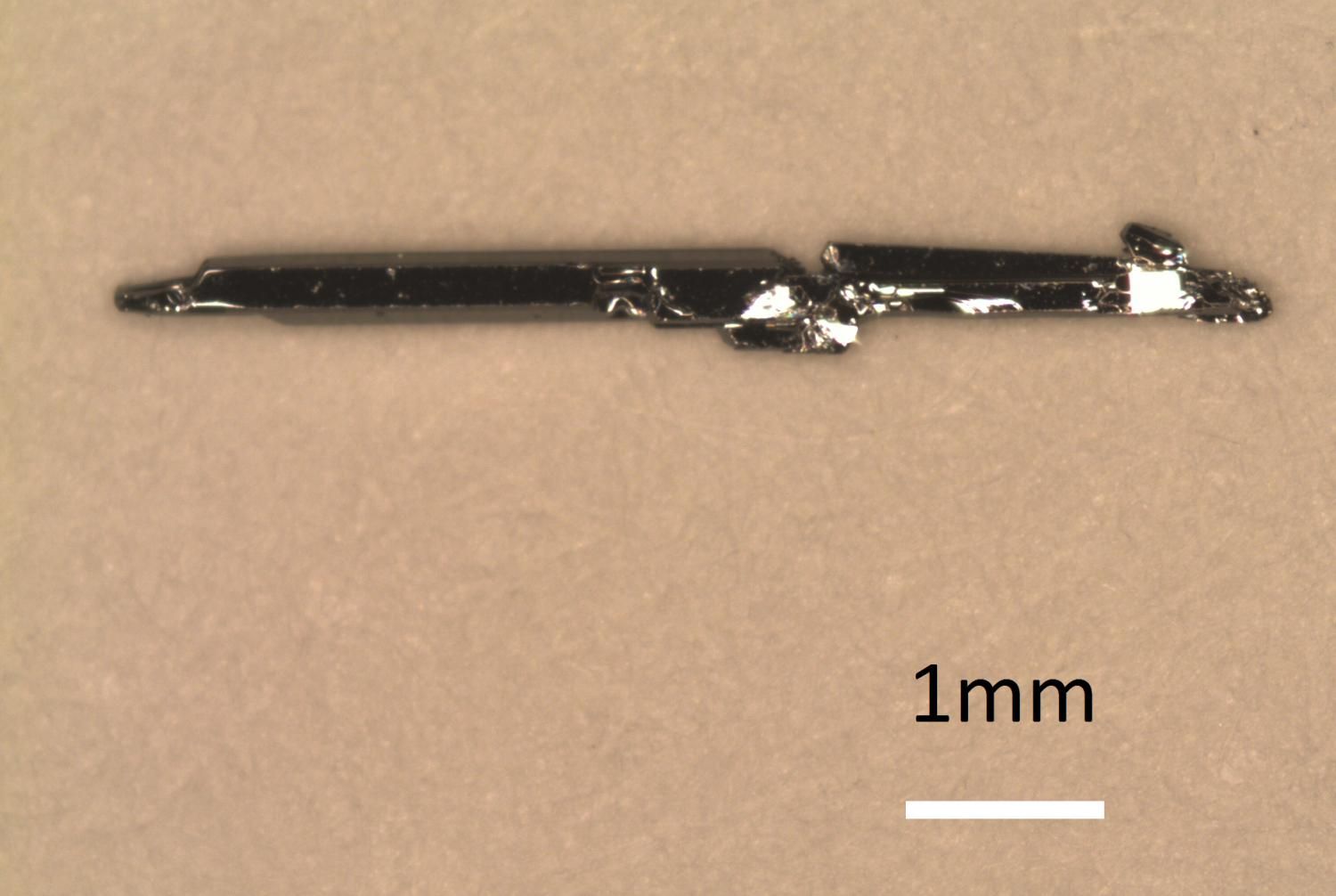Nov 26, 2015
Spherical Underwater ‘Fish Tower’ Skyscraper Recycles Debris from the Great Pacific Garbage Patch
Posted by Montie Adkins in category: governance
I love seasteading art. This one concerns garbage clean up but it’s not hard to see it could be lived in. A Bernal Sphere underwater despite this design having the top above surface. If the whole thing can be done underwater then perhaps one day colonizing Europa could become a reality.
The Plastic Fish Tower, by the South Korean team of Kim Hongseop, Cho Hyunbeom, Yoom Sunhee and Yoom Hyungsoo, was awarded honorable mention in Evolo’s skyscraper contest.


